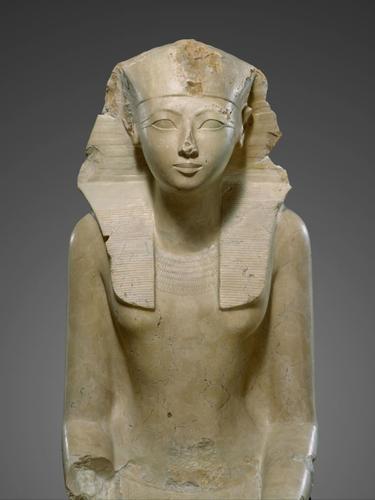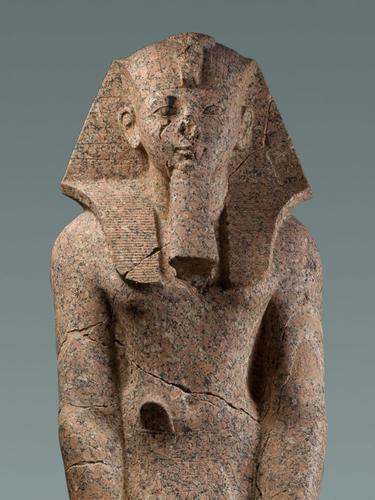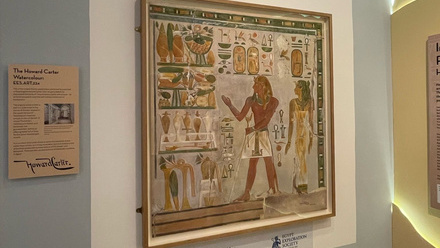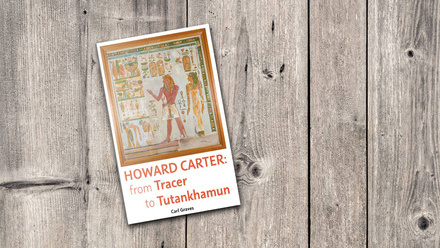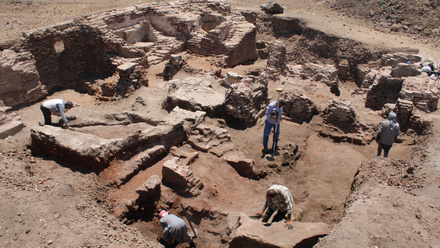Women in Ancient Egypt
Roles in Society
Ancient Egyptian women had a range of responsibilities in society as well as within the family. They worked in agriculture, in food processing and preparation, and wove garments for sale as well as for use at home. They sold goods at markets on the banks of the Nile. They could carry out their husband’s duties on his behalf. They performed as dancers and musicians for both entertainment and ritual purposes. Women could even work as professional mourners for funerals.
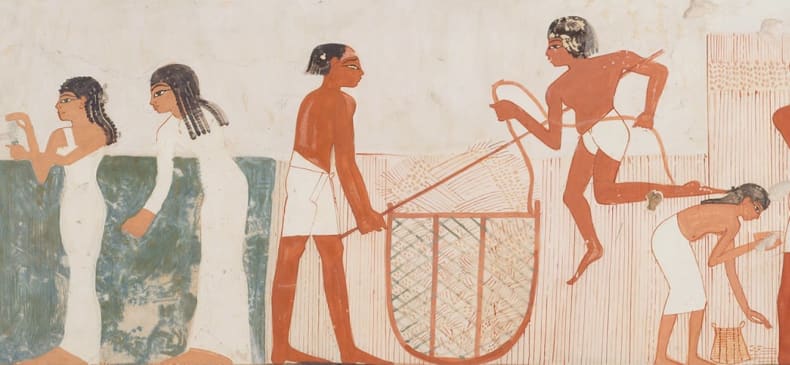
Women working the fields from the Tomb of Nakht (The Metropolitan museum of Art, New York).
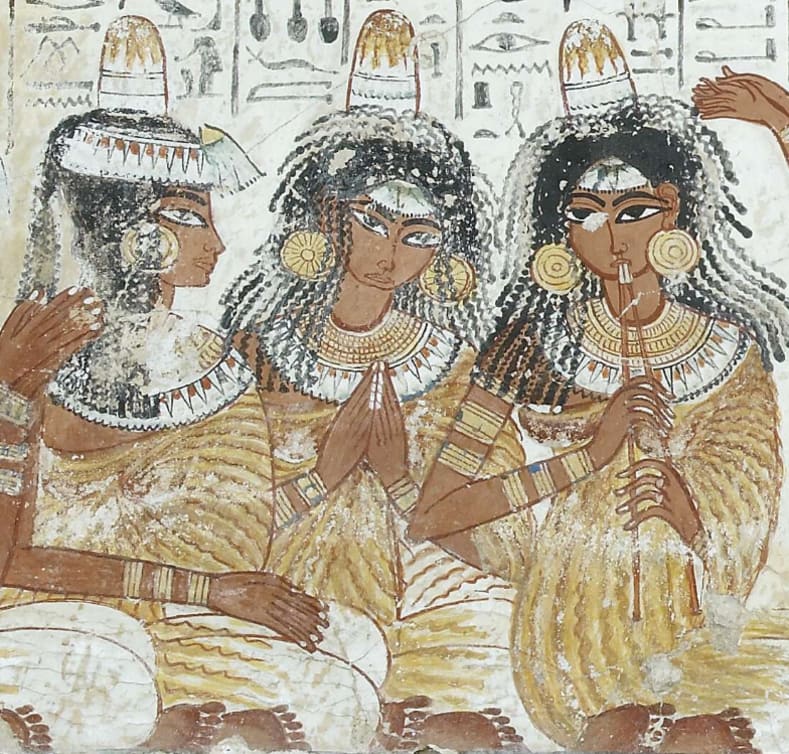
Female musicians from the Tomb of Nebamun (The British Museum).
In some periods it was common for elite women to have religious roles to show their important status. In the Old Kingdom (c.2686-2160 BCE), noblewomen could be priestesses of the goddess Hathor, while in the New Kingdom (c.1550-1069 BCE) they are more commonly described as temple singers or musicians.
Women’s Rights
Women in ancient Egypt had the right to buy and inherit property. They could represent themselves in court and own businesses. A woman was free to leave her property to whoever she liked after she died, and she could even divorce her husband. Women were entitled to a 1/3 share of the marital property and kept control over what they owned before getting married.
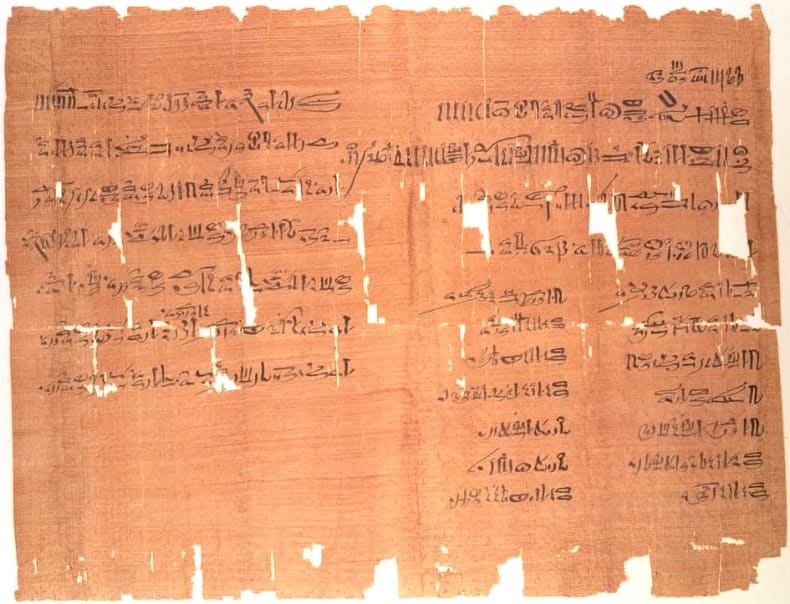
The will of Naunakhte (above) is a useful source for Egyptian women's property rights. Naunakhte was a wealthy resident of the artisans’ village of Deir el-Medina (near modern Luxor) in the 12th-11th Centuries BCE. Her will consists of several papyri that list her property and the children who would inherit it. She also named children who would inherit nothing, because they hadn't looked after her in her old age.
Powerful Women in Egyptian History
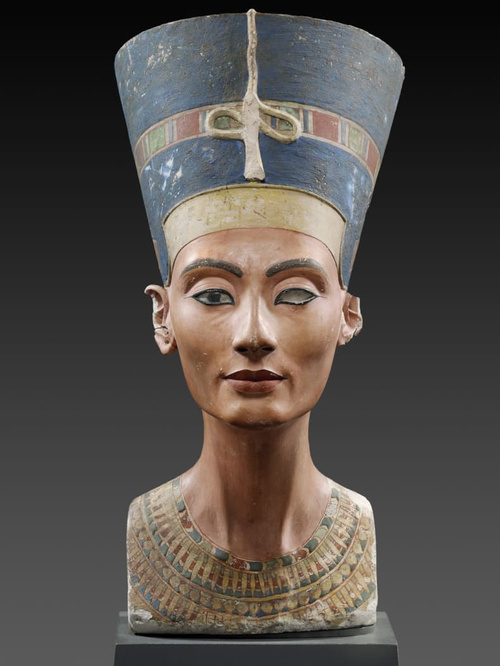
Bust of Queen Nefertiti the chief queen of Akhenaten who reigned c.1352-1336 BCE (Neues Museum, Berlin).
While many positions of leadership were held by men, women could also wield great power. Some even rose to the highest offices in the land.
Queens (i.e. a Pharaoh’s wife) played an important part in maintaining royal power. They were often identified with important goddesses like Hathor. If the Pharaoh came to the throne when he was very young, his mother or another royal woman could rule as regent until he came of age. This meant there were some periods (like the early New Kingdom) when queens were very influential.
Some women surpassed queenship to become Pharaohs themselves. One of the most famous of these ‘female kings’ is Hatshepsut, who lived in the 15th Century BCE. She led at least one military campaign, built some of Egypt’s most impressive monuments, and sent a trading mission to the mysterious land of Punt. Hatshepsut always referred to herself as a woman, but over time her images and statues started to show her in ‘male’ form. Perhaps the Egyptians saw the role of Pharaoh as inherently masculine, but that didn’t mean a woman couldn’t do it.
Hatshepsut shown with female features on the left versus male features on the right (The Metropolitan Museum of Art, New York).
Colour in your own Queen of Egypt!
Explore Hatshepsut’s trading mission to the mysterious land of Punt!

